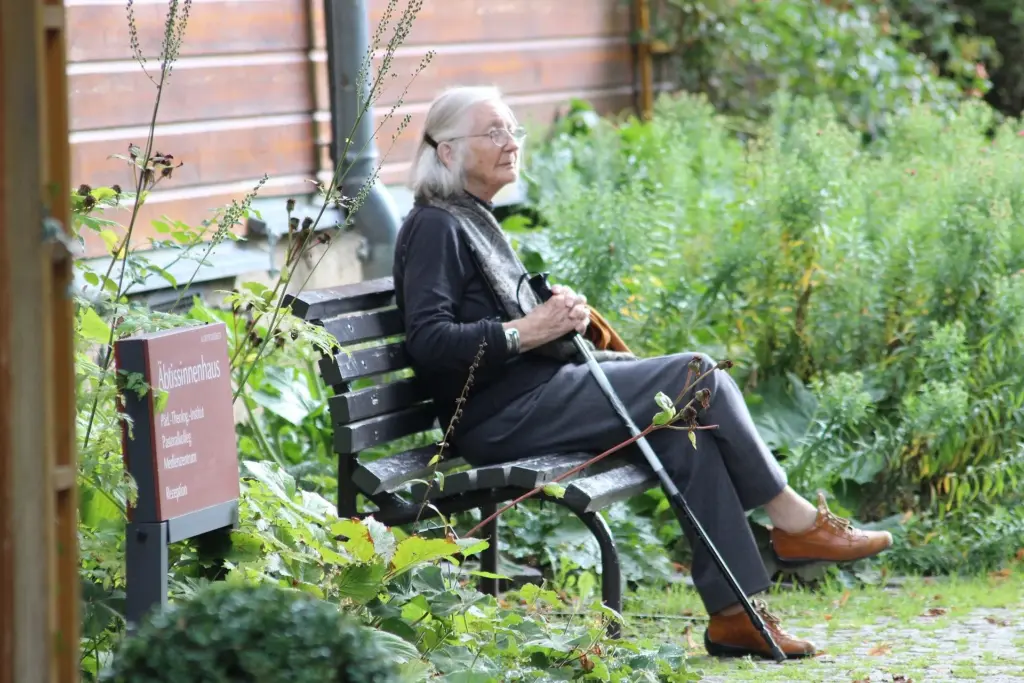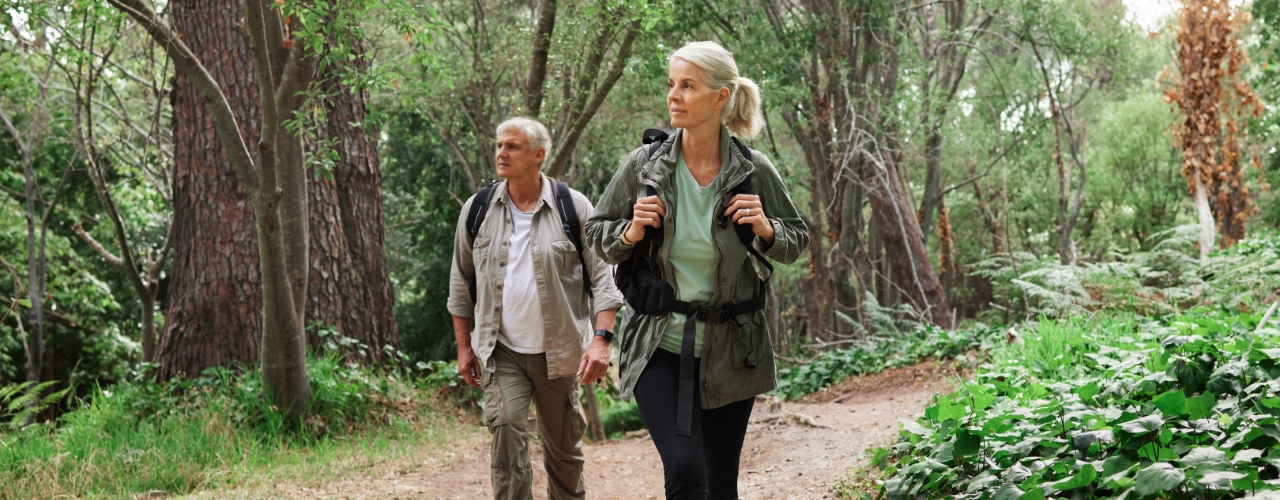POSTURE AND SENIORS

I have noticed that many seniors stand with their hips forward, bums tucked under and a very curvy back. We call this a posterior pelvic tilt. It is possible they were encouraged to stand this way as it may have been considered good posture to keep a straight back and have no bum back in the day. Ballerinas are taught to stand this way as well to keep a beautiful silhouette.
The problem with this posture is it makes the pelvic joints unstable and strains some of the ligaments of the sacrum (tailbone) It also creates significant muscle imbalances. The abdominal, gluteal and hamstring muscles become short and tight and the hip flexor and back extensor muscles become long and loose. Such imbalances will reduce pelvically and lower back stability increasing the chances of pain and falls.
It is possible this posture arises from long hours of sitting in a posterior pelvic tilt. This occurs when you sit slumped but when you sit straight, your pelvis moves into an anterior pelvic tilt. It takes more work to sit straight than slumped. Lack of hamstring stretching also causes a tight hamstring to pull the pelvis into a posterior pelvic tilt.
Weak and atrophied postural muscles, the ones that hold you up against gravity, will also allow the pull of the abdominal muscles to take over leading to one muscle group dominating over the other. If the hips are forward, the large gluteus maximus muscles stop activating and then more pressure is placed on the front of the hip and on the spine.
To resolve all the issues that come with a posterior pelvic tilt, it is important to correct this posture with repetition to get used to a new way of sitting, standing and walking. This may involve massage and stretch to tight muscles followed by anterior pelvic tilts to shorten and strengthen the long ones.
Repetition and constant practice are needed to break an old habit and create a new one to restore balance and equilibrium to all the forces around the lower back and pelvis. This will improve core stability, reduce pain and improve balance, endurance, strength and power.
Physical activity plays an important role in healthy aging and wellbeing. Our in-home physiotherapy services help seniors with all their mobility needs whether it is to walk with less pain, improve independence, recover from surgery, falls, hospitalization and any medical conditions affecting balance and mobility.

